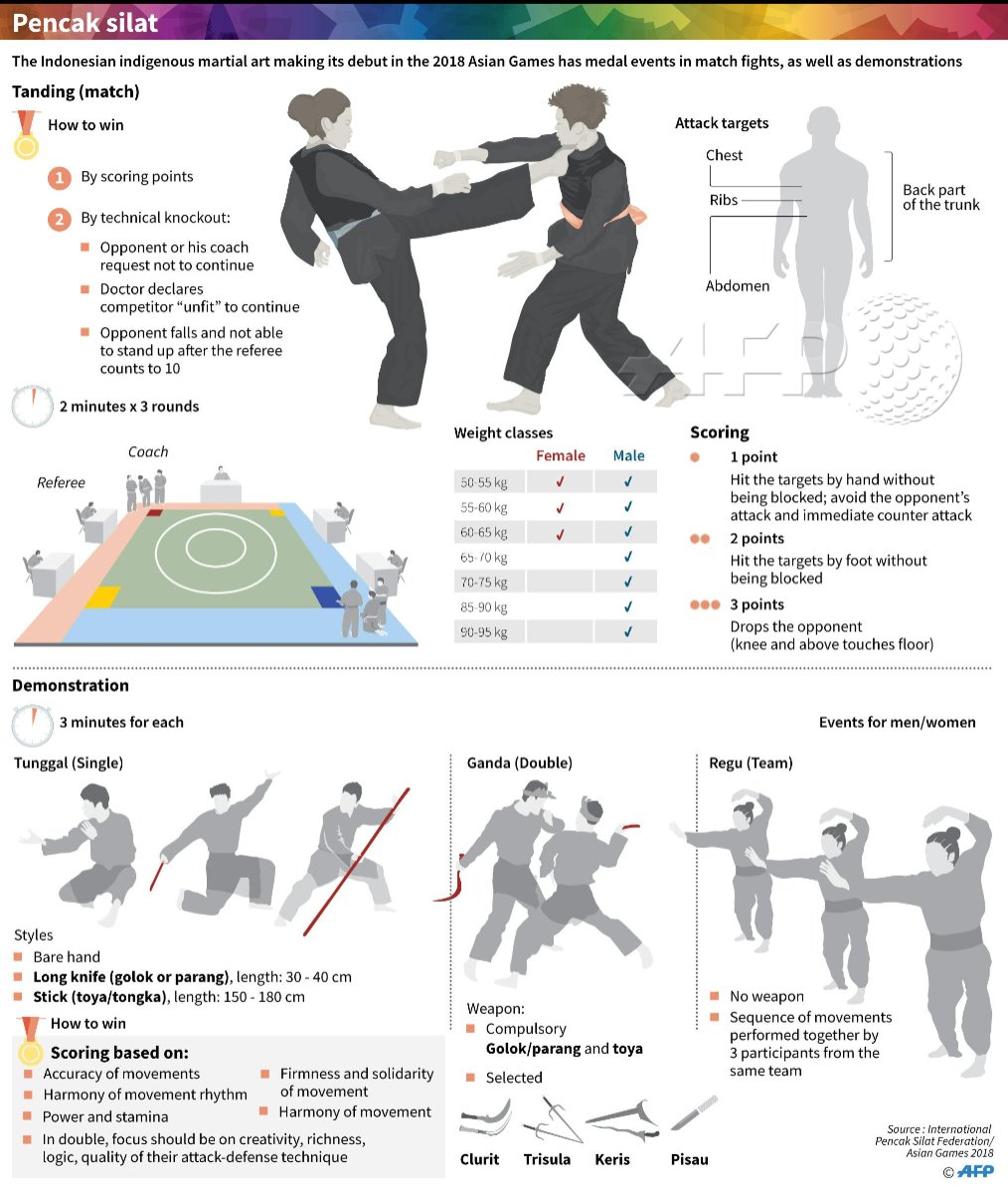Recognizing The Basic Distinctions In Between Typical Martial Arts And Modern Combat Sports
Recognizing The Basic Distinctions In Between Typical Martial Arts And Modern Combat Sports
Blog Article
Content Composed By-Camp Hovgaard
When you consider martial arts, do you lean more toward the typical methods or the modern combat sporting activities? Each path uses one-of-a-kind advantages and experiences, shaped by their viewpoints and training methods. Typical martial arts stress personal growth and self-control, while contemporary combat sports focus on competition and performance. Understanding these distinctions can assist you in choosing the best approach for your journey. However how do these differences manifest in training and approach?
The Viewpoint and Background Behind Typical Martial arts
While many people link martial arts with physical battle, the philosophy and history behind traditional martial arts run much deeper. Suggested Site 'll discover that these self-controls highlight personal development, technique, and respect.
Stemming from old methods, standard martial arts were typically established for Self-Defense and spiritual growth. They embody concepts such as balance, harmony, and self-discipline, directing experts beyond mere combating abilities.
As you train, you'll not only discover methods yet also gain insights into the culture and worths that shaped these arts. The routines and traditions, often passed down via generations, cultivate a feeling of neighborhood and belonging.
The Affordable Nature of Modern Combat Sports
Modern fight sporting activities have transformed the landscape of martial arts into a very competitive field, where athletes face off in a test of skill, approach, and endurance.
You'll observe that competitors are typically arranged with stringent rules and regulations, ensuring justice and safety and security. These events bring in large target markets, fueling the excitement and intensity of competitions.
martial arts or gym educate carefully, not just for physical expertise but likewise for mental toughness, recognizing that every detail counts in the ring. The adrenaline thrill throughout competitors is apparent, as boxers push their restrictions to declare success.
Followers value the athleticism and artistry entailed, making contemporary combat sporting activities a thrilling spectacle that remains to advance and astound lovers all over the world.
Training Approaches and Techniques: A Relative Analysis
The affordable environment of modern-day combat sports needs innovative training techniques that differ significantly from traditional martial arts.
In modern training, you'll focus on details techniques, sparring, and conditioning, typically making use of drills that mimic actual battle scenarios. You'll see a focus on measurable efficiency and constant competition to analyze your abilities.
In american martial arts , standard martial arts focus on kinds, katas, and philosophical mentors, frequently emphasizing discipline and regard over competitors.
Training is generally much less intense and may include recurring technique instead of real-time sparring.
While both techniques develop ability and physical fitness, contemporary combat sporting activities offer a much more vibrant and versatile training setting, preparing you for prompt obstacles in the ring or cage.
Pick the course that lines up with your objectives and rate of interests.
Conclusion
In selecting between conventional martial arts and modern-day battle sports, it truly comes down to what you value many. If you're trying to find individual development, self-control, and a sense of area, standard arts could be your ideal fit. However if https://www.citizen-times.com/story/news/madison/2021/12/03/pathfinder-martial-arts-owner-talks-mars-hill-businesss-expansion/8837532002/ flourish on competitors and real-time obstacles, modern-day fight sporting activities could be the method to go. Eventually, both courses provide special advantages, so it's everything about aligning your training with your individual goals and rate of interests.
